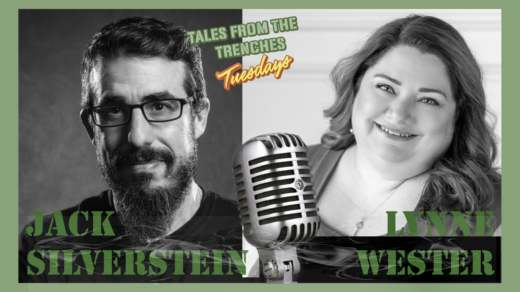
There has always been a great concern amongst charities concerning the next generation. So many donors have grave concerns that the next gen will not live up to the level of philanthropy of the current generation. While fundraising as a profession is relatively young, I can assure you that each time the next gen rises to the challenge.
The essence of philanthropy, however, is quite different amongst the generations. The events that helped shape each generation’s lives influenced most of their decisions regarding disposable income and volunteerism. Let’s take a quick look at the various generations:
The Greatest Generation (born pre-1945)
These are the members of our community born post-World War II. They represent approximately 26% of giving and 24% of volunteering. This cohort has solid connections to religious and spiritual causes. They tend to have great trust in organizations and in the infrastructure they represent. Consequently, they are quite fond of supporting umbrella organizations, like United Way or Federations. They believe in the wisdom of the allocations committee and strongly trust the leadership. Their values encompass patriotism, loyalty, and selflessness. This cohort spoke of “waste not, want not” and, as such, saved their money for a rainy day.
The Baby Boomers (born 1946 – 1964)
The Boomers represent approximately 46% of giving and 27% of volunteering. Interestingly, this cohort is the most successful in history and will be the largest beneficiaries of the largest intergenerational transfers of wealth currently taking place. They, too, have a strong connection to religious and spiritual institutions, though less so than the Greatest Generation. This cohort tends to collaborate less than the other cohorts and sees themselves as mentors. The Boomers have approximately 70% of the disposable income (in the USA), so deferred giving is probably the right program in the fundraising arena. The Boomers lived through some incredible times, most notably the Apollo 11 moon landing, the assassinations of both JFK and MLK, and saw a booming post-war economy. They tend to be a competitive group but steeped in optimism and idealism.
Generation X (born 1965 – 1976)
Gen X represents approximately 20% of giving and 30% of volunteering. The statistics show that while they might not have sizeable disposable income yet (as they may be putting children through post-secondary education, still have a mortgage, etc.), they choose to align themselves with charities as volunteers. This can be a crucial first step to creating a long-term connection with this cohort. Gen X lived through Watergate, the AIDS epidemic, a tripling of the divorce rate, and the creation of “latch key kids.” When it comes to their economic outlook, they have a healthy degree of skepticism (in government, the markets, and marriage) and a strong sense of independence and resourcefulness.
Millenials or Gen Y (born 1977 – 1995)
The Millenials represent approximately 11% of giving and 22% of volunteering. They also represent over 25% of the population and now surpass the Boomers in size. This cohort is pretty unique. This cohort values the collective much more than the individual (they have been conditioned to work in groups through the educational system). And over 80% of this cohort donated to a nonprofit. This cohort is more likely to spread their philanthropic dollars among many different types of charities rather than focus on a few. This generation is often referred to as the “me” generation, so charities may need to answer the question “what’s in it for me?” what is interesting, however, is that wealthy millennials feel that they have a duty to leave a legacy (63%), according to TD Wealth. However, there is a disconnect in that only half of Millenials actually have made a will. Gen Y lived through 9/11, Hurricane Katrina, Barack Obama, and cell phones, a real mix of opportunity and anguish. This cohort tends to be realistic and pragmatic but genuinely values diversity.
Gen Z (born after 1996)
Gen Z is one of the most unique groups to examine. Currently, they make up about 40% of all customers, and 26% of those 16-19 years old volunteer somewhere. I am not sure if this is a direct result of the education system (at least in Ontario) mandating volunteer hours as a condition of high school graduation. There hasn’t been a lot of information on this generation as a donor cohort. But, there are some interesting differences with this cluster. While the older generations embraced everything social, Gen Z prefers anonymity online, so it uses Snapchat, Secret, etc., to communicate. Additionally, this cohort multitasks just about everything, likely due to a FOMO (Fear Of Missing Out).
Conclusion
So what does this mean for charities? The first notion would be that it is not a one-size-fits-all mentality. What will appeal to a Boomer is substantially different than what would appeal to a Gen Z member. Segment your prospect list and work on strategies that align with the values of that specific generation.
Good luck! Until next week.
L’chaim,
jack




